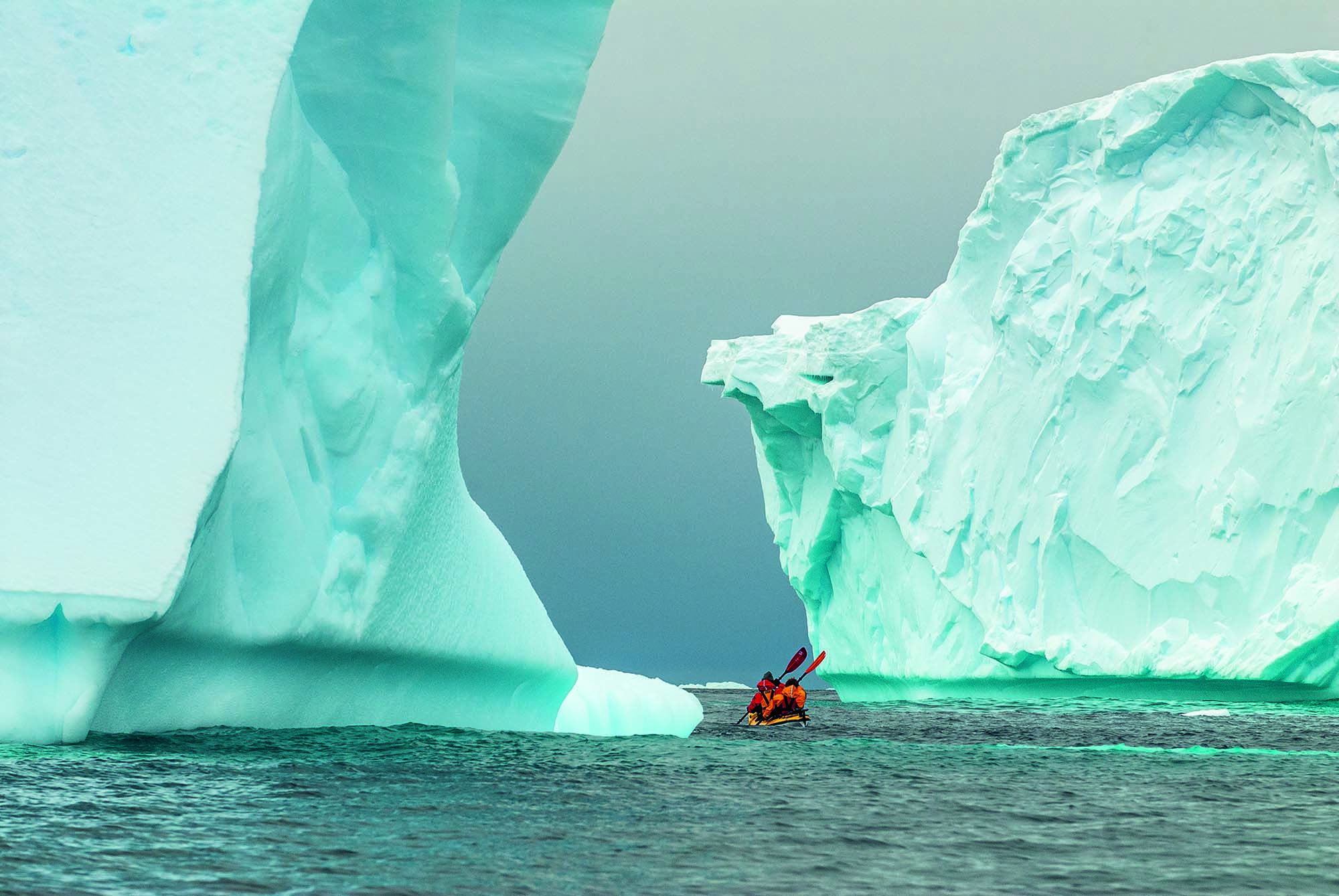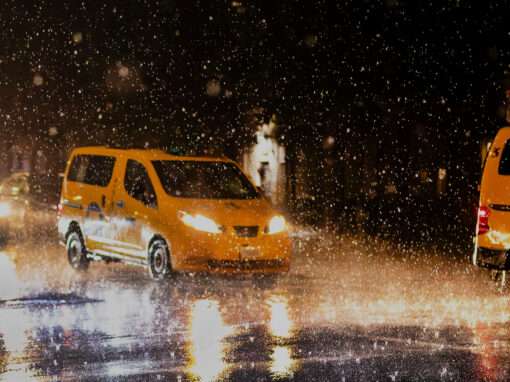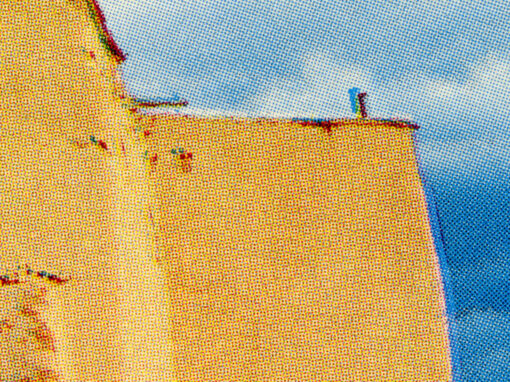What do you do when you expect one thing and get another? What if that new thing is really wonderful and fine, but you keep imagining your initial hope?
“Seeing Silence: The Beauty of the World’s Most Quiet Places” by Pete McBride
Published by Rizzoli, 2021
review by W. Scott Olsen
Seeing Silence: The Beauty of the World’s Most Quiet Places, a collection of images by Pete McBride, who has worked in 75 countries for outlets such as National Geographic, Smithsonian, Outside, USAID, whose documentary film Into the Canyon was nominated for an Emmy award and whose book, The Grand Canyon, won the National Outdoor Book Award, is unsurprisingly filled with excellent photography from around the planet. Given the subtitle, I was expecting a lot of pastoral settings, remote and beautiful. I was expecting a lot of twilight. And I was expecting a celebration of the images themselves.
That’s not exactly what the book delivers. But if you think this is a complaint, keep reading.
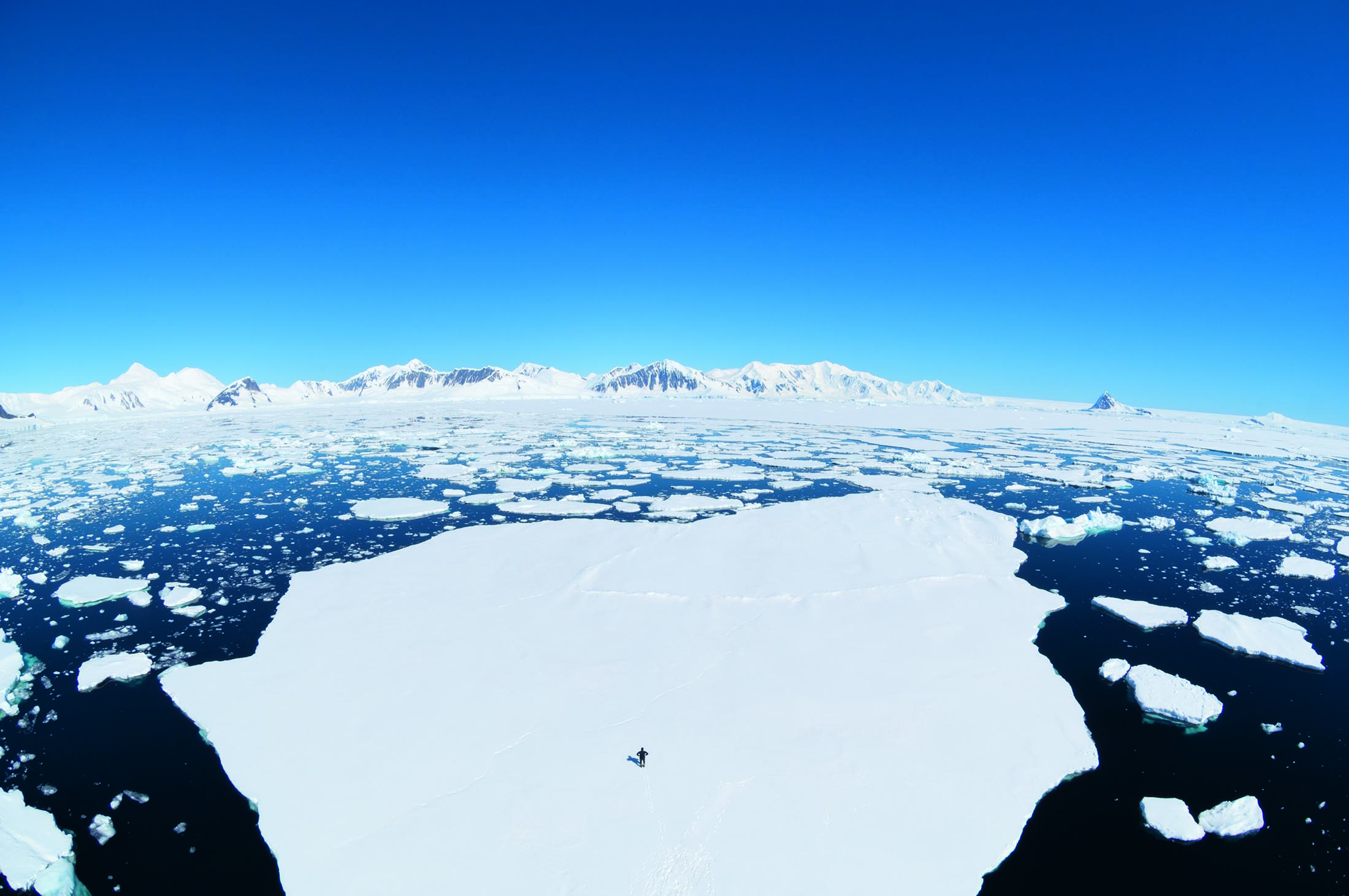
The book begins with a Foreword by Bill McKibben. McKibben is one of the world’s most accomplished explorers and nature writers. His work has appeared in places like The New York Times, The Atlantic, Outside, and elsewhere. And his Foreword is eloquent. He writes, “Quiet—defined, at least, as the absence of man-made cacophony – was, once, a human birthright. When we were small as a species, we didn’t take up much space – the light from our campfires didn’t penetrate too far into the night, and if you stepped outside the circle of flames you were in the dark. Similarly, if you left the village behind, it grew quiet around you, or at least the noises changed… Now these things seem like prizes for the affluent… But a little while in the outdoors – in a city park if that’s all there is, but for the lucky in a wilder territory, with more space – is all it takes to remind oneself what a wonderful gift the quiet is.”
There is also a Prologue by Erik Weihenmayer. Let that sink in: a prologue to a photobook by a blind man-albeit a blind man who has climbed Everest and has spent his life expanding our understanding of the senses. He writes, “Time and time again, I’ve discovered the function of sound, which enables me to navigate and stay safe. It’s not a superpower, but rather a lifetime habit of trying to eke out every bit of non-visual information, to distinguish the subtleties of pitch and tone… In our daily lives, the noise we experience as a product of our own doing. The tap and shuffle of footsteps, of dings and clinks, the rustle of fabric. The ‘real-world’ of everyday life is a bombardment of horns honking and sirens blaring… But in open spaces, it’s a whole new world of interpretation, the auditory sensations that, with work and attention, illuminate my brain and enable me to know, to understand, to pull beauty and awe from the environment.”
Clearly, something is different here.
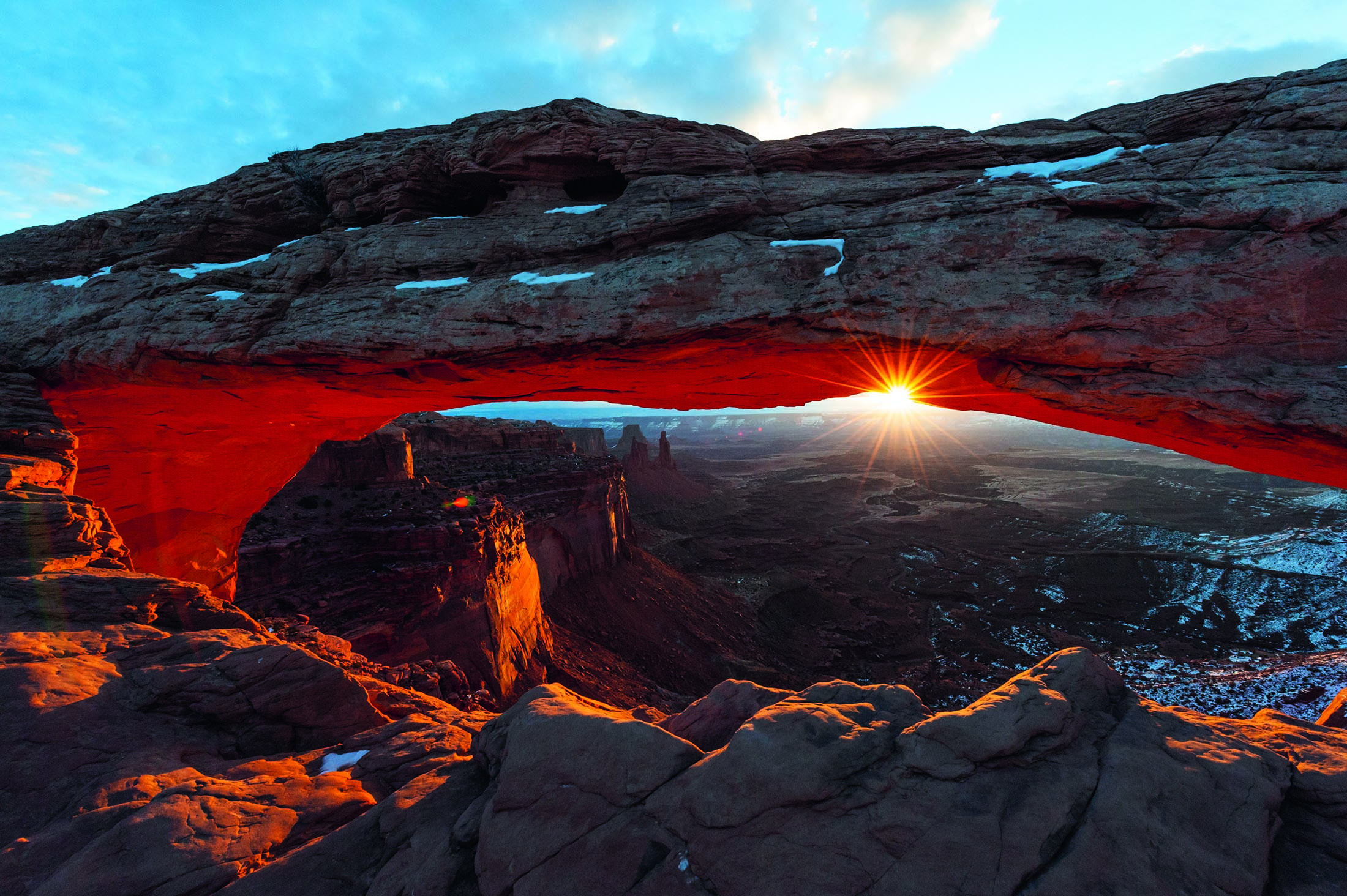
In McBride’s own Introduction, he writes, “I lay on the rocks staring into the starlight, and realized, not for the first time, that my still camera – the tool I had spent a lifetime carrying and pouring my soul through – was wildly insufficient… It’s a lesson that came to many of us during the COVID-19 lockdowns of 2020. Mine, however, arrived years earlier, midway through a 750 mile trek down the length of the Grand Canyon. I’d set out to create a visual inventory of the Canyon, but after some 500 thirsty, thorny miles, I found myself craving not more lenses but a better microphone… There are experts who have spent their careers studying this very thing, looking for the soundscapes that emerge when human noise disappears. With my growing interest in the subject I reached out to Gordon Hempton… Hempton uses the word ‘silence’ to describe what he’s after, even though he isn’t seeking a vacuum. “Silence is the think tank of the soul,’ he told me softly over Skype. ‘All religions share and revere silence.’ But, he warned, quietude ‘is and has been on the road to extinction for a long time.’”
Three small essays to front a book of remarkable photography, and they barely mention photography. I had expected something different. In fact, I wanted something different. What I received, however, was a pleasant surprise.
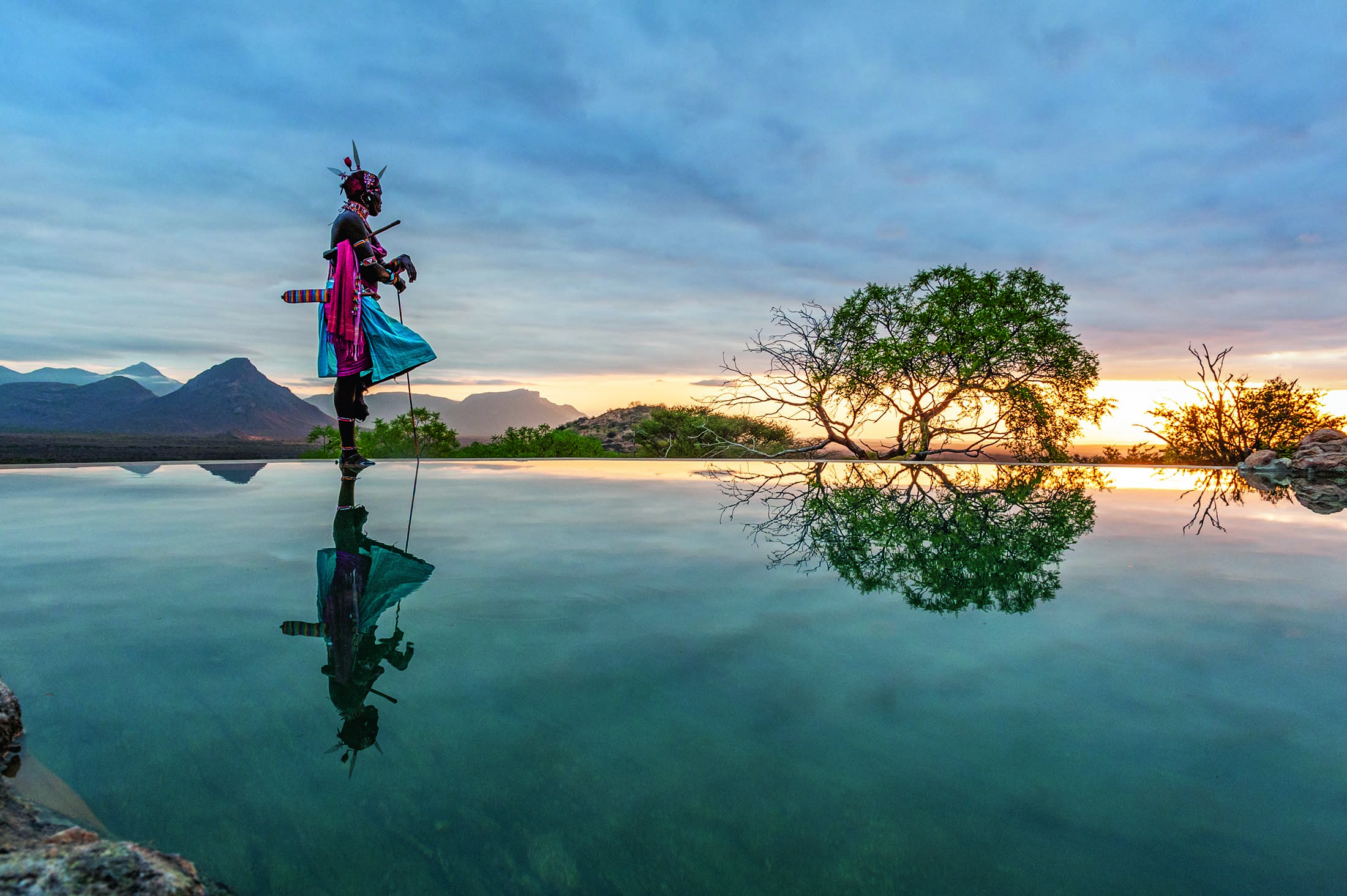
What I wanted was an art book of fine art photographs. I wanted glossy paper. I wanted the images to be nearly electric in their presence on the page. I wanted borders around the images and an invitation to consider each one as an art piece. In other words, I wanted the images, the photographs, to be the subject of this book.
What I got was something completely different. What I got was a book where the images are examples, not subjects. What I got was a collection of small essays about the importance, the essentialness of quietness and silence. It’s a convincing argument. The images in this book are all tremendously provocative images, and they are used to illustrate a larger point.
What seems like a disconnect between the three introductions and the actual images is not a disconnect at all. The problem was my expectations. Each of the images is meant to provoke a consideration of quietness.
The book is divided into sections that match the continents: Antarctica, Africa, South America, Asia, Oceania, North America, Europe. And each chapter begins with a short essay by McBride that describes his experiences there, short narratives of close encounters with orcas or electric eels or condors. Each small essay is, in fact, an act of reverence. Beautifully written, they establish a moral value, and as such also establish a quiet call to action.
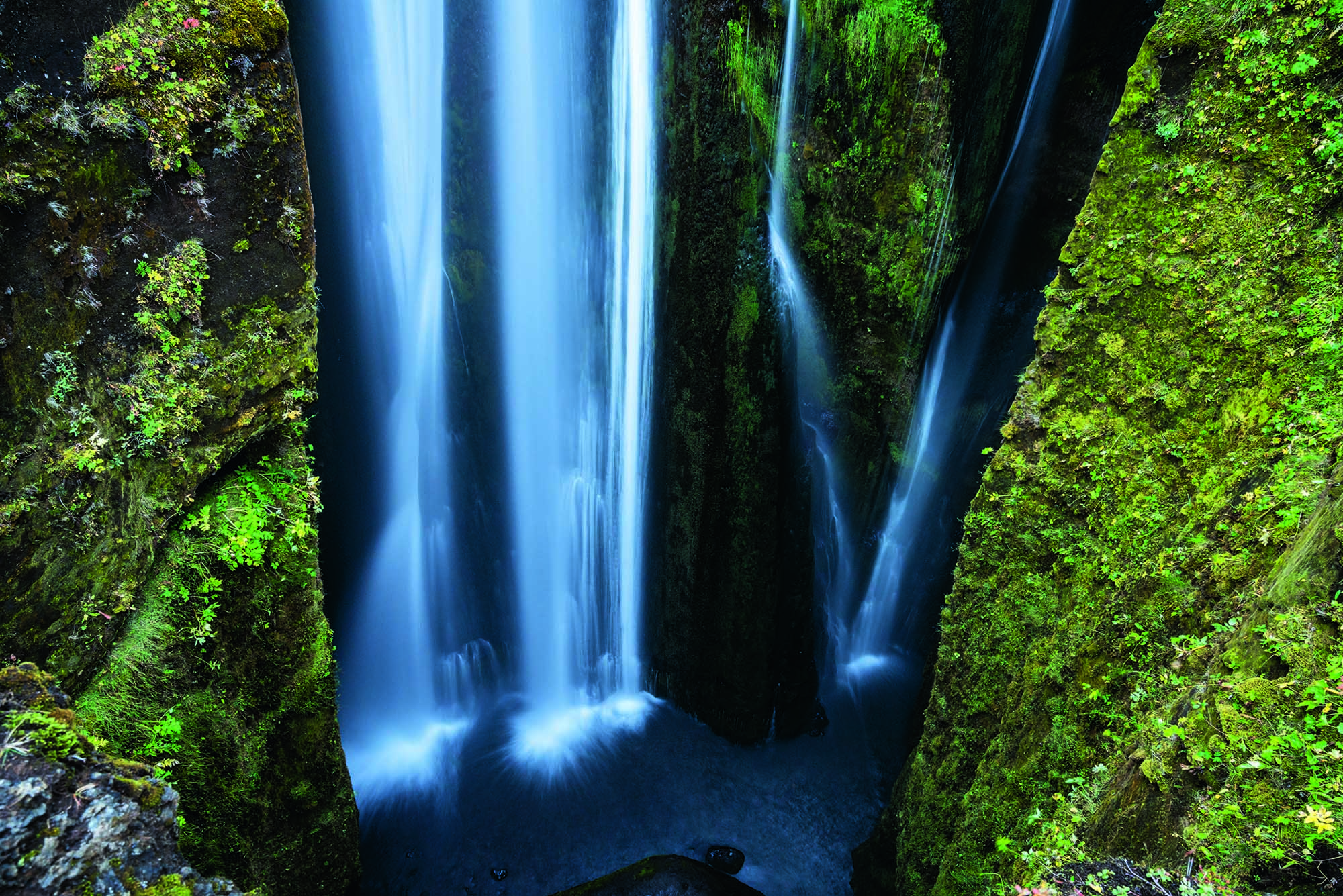
I am not sure if the fine art presentation wouldn’t have been an equally compelling argument. It would certainly have shifted the focus. McBride’s work in magazines such as National Geographic has always been world class, but his images here are in service of a hope. They are not the point themselves.
I will admit I was annoyed, at first, with the design of this book. The paper and layout encourage you to keep turning pages. Images often cross the book’s gutter but do not go far onto the opposing page. And that’s what I did. I kept turning pages. And I discovered I was doing so, happily. I became engrossed with the stories and McBride’s explorations. He kept returning to the idea of silence – or at least a soundscape not made by machines – and I found myself longing for similar adventures. I found myself wishing against noise.
It is not possible to photograph a sound. But it is possible to photograph a place where the sound is different. That’s the genius here. When I am told the subject is sound, I look at an image of a Himalayan crevasse differently. I look at images, captivating images, of a crabeater seal, a female lion in the Okavango Delta, a Chilean flamingo, the Bhagirathi mountain range, with a different question. What would it sound like to be there?
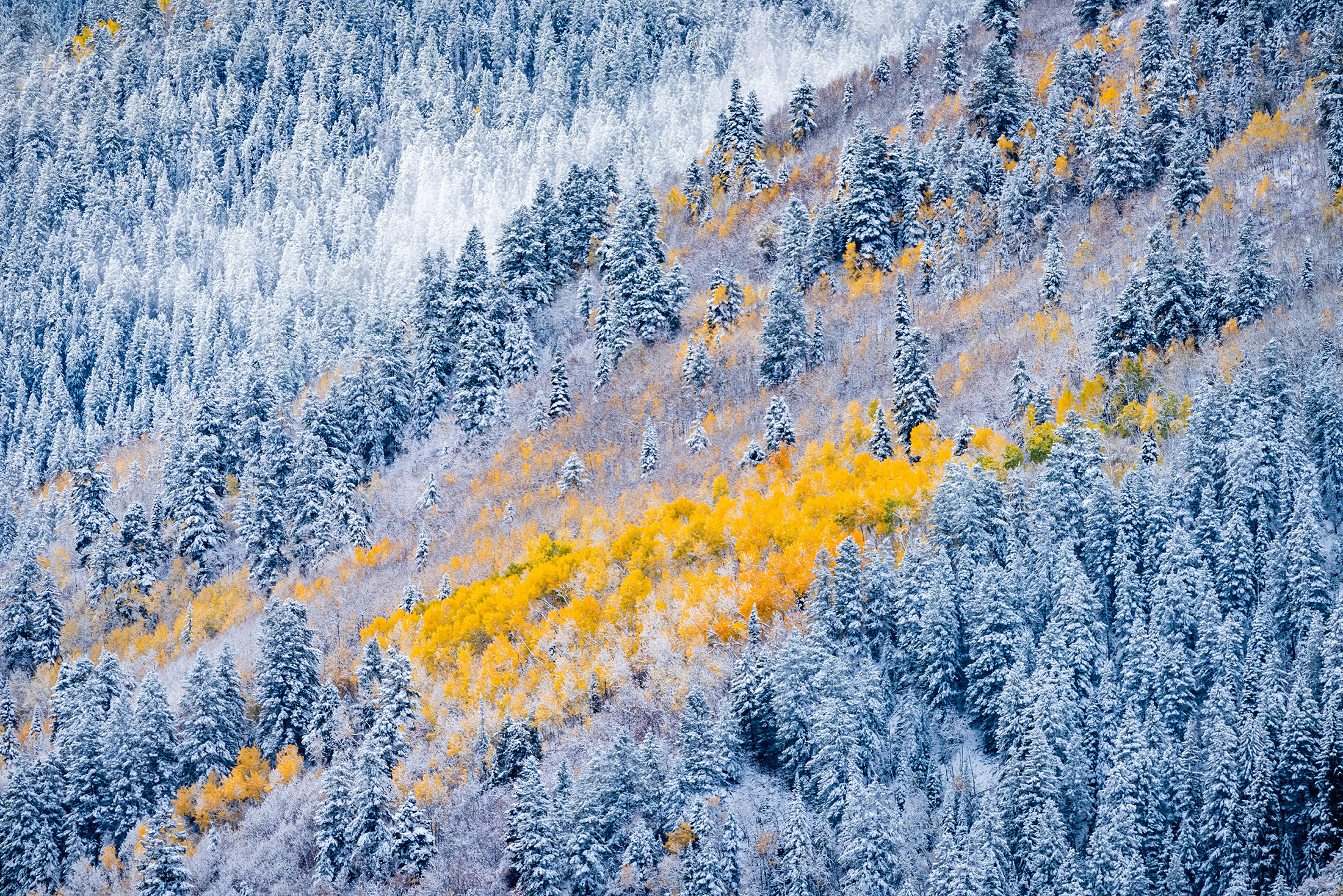
Seeing Silence is a wonderful and convincing book. The writing is just as important as the images. And the writing is all about silence. Oftentimes auditory silence. Oftentimes a visual quietness. While I still think I would have preferred the fine art book design, that’s simply a statement of taste. This is a book to be read, both verbally and visually, more than a book you would hold open to any one page, linger, and drift off into imagination.
And because this book is about an idea and not just an appreciation of individual well-accomplished images, it lingers in our imagination and hope.
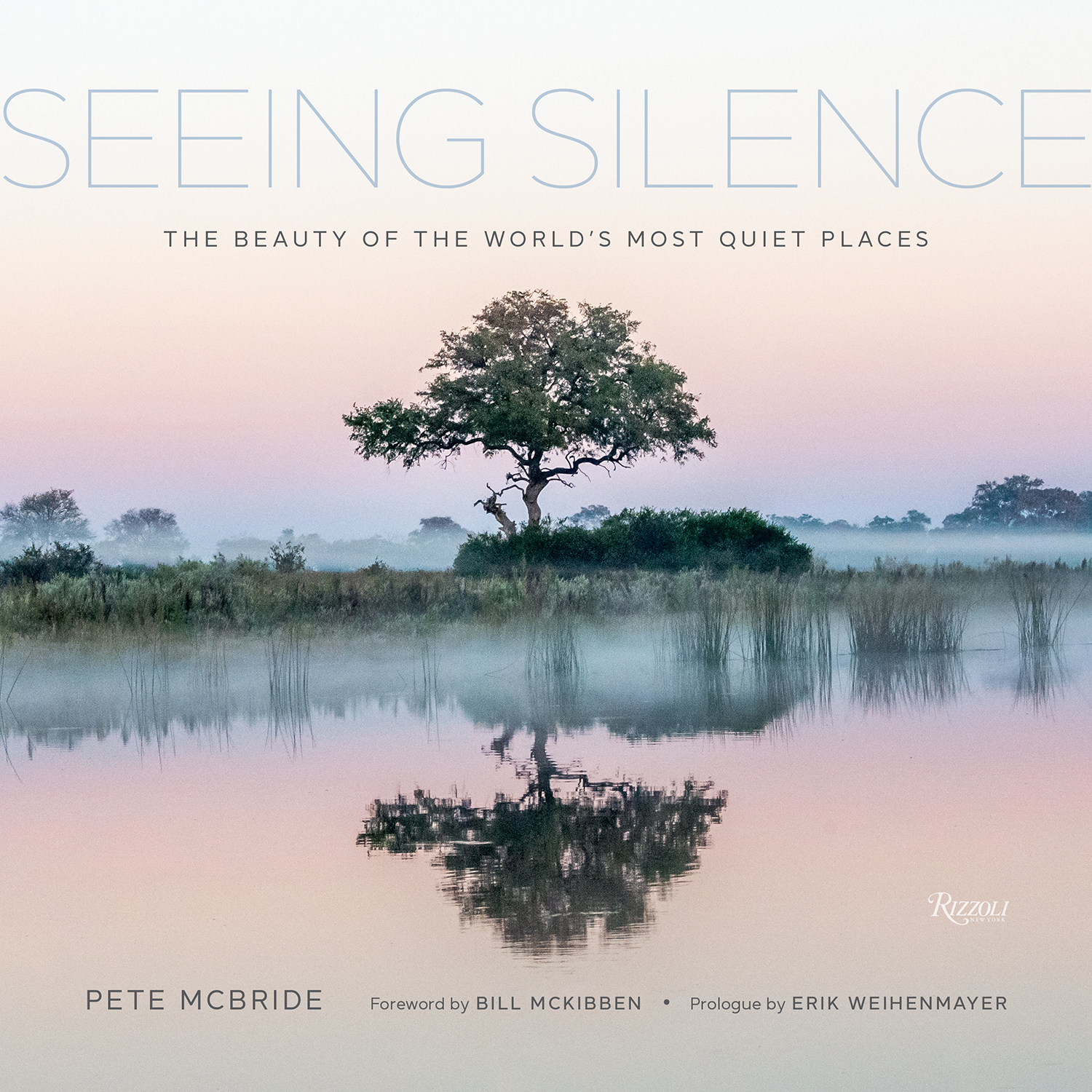
A note from FRAMES: if you have a forthcoming or recently published book of photography, please let us know.

